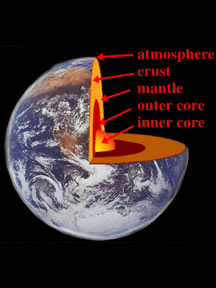This diagram shows the different layers found inside the Earth.
Click on image for full size
Windows Original.
Structure of the Interior of Earth
Earth has a diameter of about 12,756 km (7,972 mi). The Earth's interior consists of rock and metal. It is made up of four main layers:
1) the inner core: a solid metal core made up of nickel and iron (2440 km diameter)
2) the outer core: a liquid molten core of nickel and iron
3) the mantle: dense and mostly solid silicate rock
4) the crust: thin silicate rock material
The temperature in the core is hotter than the Sun's surface. This intense heat from the inner core causes material in the outer core and mantle to move around.
The movement of material deep within the Earth may cause large plates made of the crust and upper mantle to move slowly over the Earth’s surface. It is also possible that the movements generate the Earth's magnetic field, called the magnetosphere.
Last modified January 18, 2010 by Lisa Gardiner.
You might also be interested in:
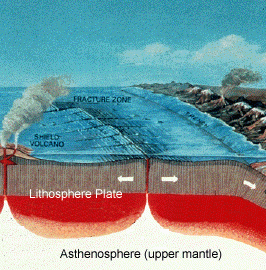
Crust, the upper layer of the Earth, is not always the same. Crust under the oceans is only about 5 km thick while continental crust can be up to 65 km thick. Also, ocean crust is made of denser minerals
...more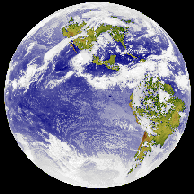
Most of the Earth's surface (70%) is covered with water, and the remaining 30% is taken up by the seven continental landmasses. However, underneath the water that fills the oceans, and the dirt and plants
...more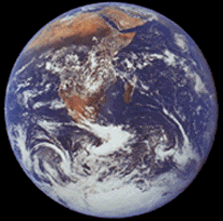
Earth, the largest and densest rocky planet, was formed about 4.5 billion years ago. The Earth's interior is divided into four layers, which is typical of rocky planets. Each layer has different characteristics
...more
Earth may look perfectly spherical from space, like a giant marble, but it actually isn't! Instead, our planet is wider around the equator because matter is forced out as Earth spins (just as you feel
...more
Scientists have found 2.5 billion year old rocks in China that help us understand more about what the Earth was like long ago. These rocks formed when Earth was young, during the Archean Age. During the
...more
Diamonds are the hardest substance known on Earth. They make sparkling jewelry as well as saw blades that can cut through pretty much anything. Diamonds form deep within the Earth's mantle layer from
...more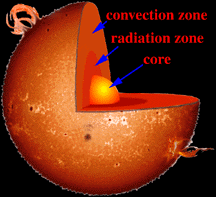
Thermal physics is a field of science that deals with heat and temperature. When we study topics like global warming, the Earth's solid and liquid cores, and the way in which energy flows from the center
...more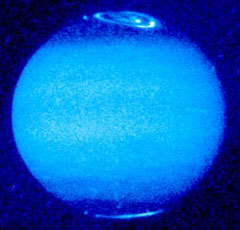
Jupiter has beautiful auroral light shows and other interesting features at its poles. Jupiter has 4 large moons and many smaller ones. Three of the four big moons are covered with ice. They remind us
...more


